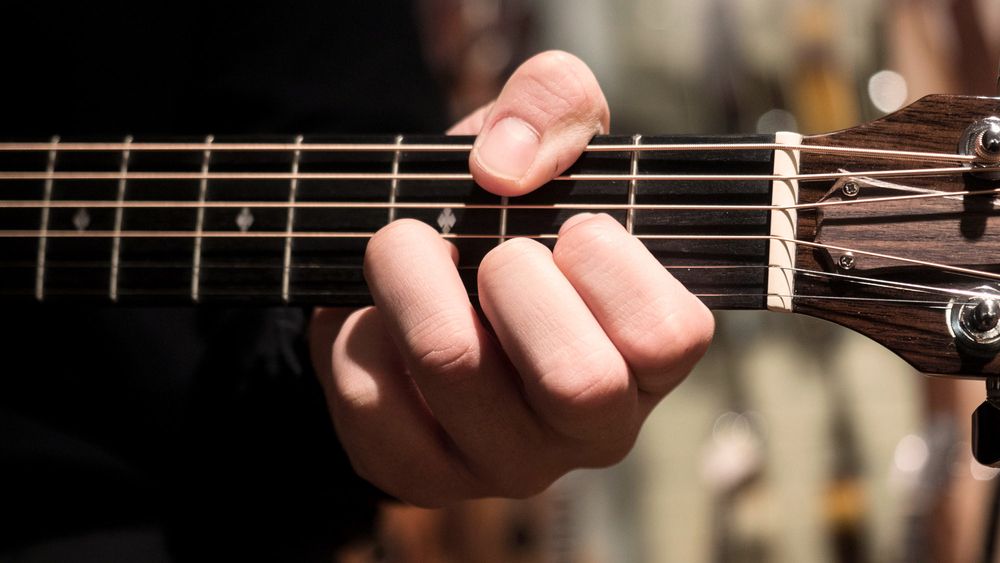3. Western vs. Classical: What Sets Them Apart

Classical/Concert Guitar

Western Guitar
The Headstock
Concert guitars often feature an open headstock design. Finding models with a closed headstock like those seen on Western guitars is quite rare.

Headstocks of a concert vs a western guitar
The Fretboard
Concert guitars tend to have fewer fretboard guidance markers like inlays, which are typically found at the 3rd, 5th, 7th, 9th, 12th, 15th, and 17th frets. To help you stay on track, most of these guitars feature dot markers on the upper edge of the neck. However, some manufacturers offer models without these markers. If you still want some markers, you can easily apply your own "dots" using correction fluid on the side of the neck.
Moreover, the fretboard on a concert guitar is wider, measuring about 5 cm. This extra width creates more space between the 6 strings, which can be advantageous for beginners as it offers more room for finger placement. On the narrower fretboard of a western guitar, there's a higher chance of accidentally touching an adjacent string, which can interfere with its vibration.
However, the wider neck of the concert guitar can pose its own set of challenges. Beginners using a concert guitar with a broad fretboard might initially need to do some "stretching exercises" to comfortably form certain chords.

Fretboard of a woncert vs a western guitar
The Neck
Unlike western guitars, classical guitars do not incorporate a truss rod to adjust the neck curvature. This is primarily due to two factors: 1. Classical guitars use nylon strings, which exert lower tension on the neck compared to steel strings, and 2. the neck on classical guitars is thicker and wider.
Playability
The broad fretboard and reduced string tension makes classical guitars great for beginners. Nevertheless, as previously mentioned, they require a different hand positioning compared to playing an acoustic guitar. A classically trained guitarist frequently positions their left hand's thumb behind the neck, adapting to the thicker neck of a classical guitar. This hand placement considerably extends the reach of the left hand.
Still, it's important to note that the thumb of the left hand can more comfortably access the thick low E-string on the narrow fretboard of a western guitar than it can on the classical guitar with its wider neck. This is one of the reasons why many rock and pop songs are simpler to play on a western guitar as opposed to a classical one.

Thumb placement is behind the fretboard

Thumb positioning on the low strings
Playing position
When selecting a classical/concert guitar, you're essentially choosing an instrument that's tailored for a more traditional performance environment. The player positions themselves sitting at the front edge of a chair, positions their left leg on a footstool, and rests the guitar on their left thigh. This means that concert guitars typically lack a "strap button" for attaching a strap. To play standing retrofitting the guitar with a strap button is a must.








